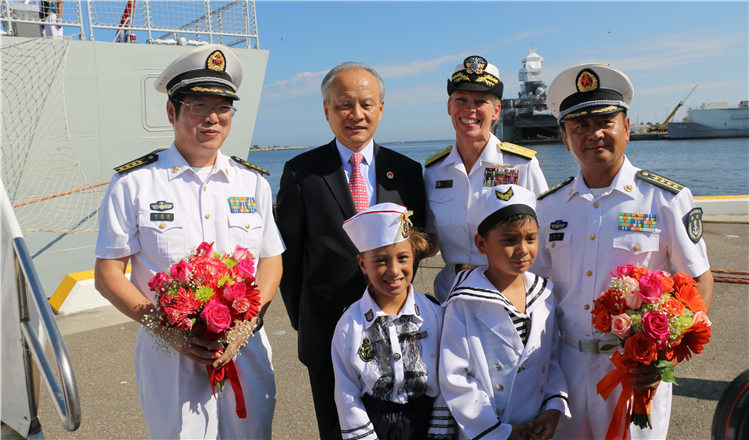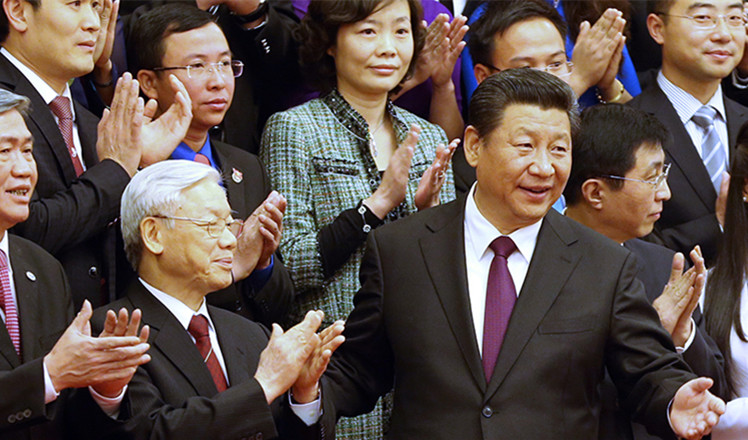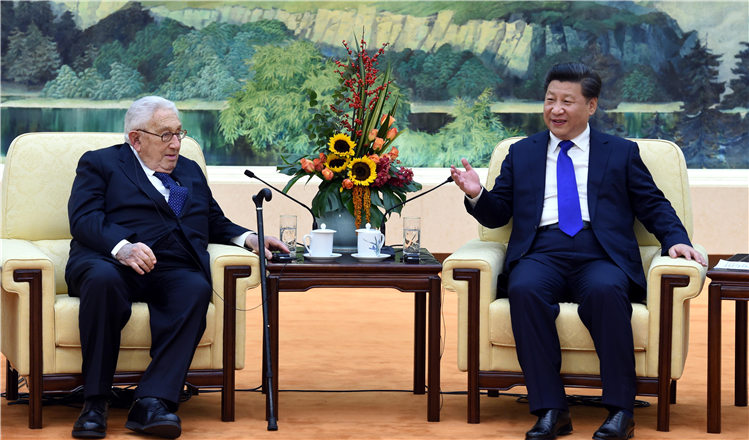US schools go East with campuses
Updated: 2015-10-09 11:19
By Jack Freifelder(China Daily USA)
|
||||||||
Top countries
"After China, the top countries are the United Arab Emirates (8); Qatar (7) and Greece (6)," Kinser said. "But it's a little difficult to tell if the trend of branch campuses in China is growing or not growing because we don't have consistent definitions over time that we can easily draft."
"China's definition is unique because they require these kinds of partnerships and independent institutions, but because that's the way China organizes it, we had to rethink how we would apply our definition in China," he said.
Kinser said that China can be a "particularly unique case" when it comes to identifying cross-border education agreements because of all the "different categories of relationships and partnerships".
"There are about 2,000 foreign Chinese educational partnerships around the world that have various levels of these curricular/joint-curricular projects," he said. "In C-BERT, we use a broader definition that basically encompasses institutions that are offering full-degree programs overseas in the name of the home institution."
Tuition at the US schools in China range from roughly 40,000 yuan a year ($6,300) to a nearly 300,000 yuan ($47,000).
The average tuition and fees for the 2014-2015 school year in the US is $31,231 at private colleges, $9,139 for state residents at public universities, and $22,958 for out-of-state students at public universities, according to the College Board.
The average tuition for Chinese universities is estimated to be between $3,300 (21,000 RMB) and $9,900 (63,000 RMB), according to China's University and College Admission System, an official online portal for international students applying to Chinese universities.
Initially, US schools thought branch campuses would be "providing these enormous funnels of money back to the home campus," Kinser said.
"What people have realized over the last decade is that they are really not great revenue generating devices," he said. "And capacity to operate in another regulatory system is a big obstacle."
According to the Institute for International Education (IIE), a global non-profit organization that compiles data on international students, in the 2012-2013 academic year (the latest for which data is available), 14,413 American students pursued a portion of their college-level education in China, a decrease of 3.2 percent from the prior year.
Kinser said that China remains an attractive market for partnerships at the university and college levels, but China's policy toward such agreements "has become more restrictive".
"Schools are more likely to do their due diligence now than in the past, and the case for opening [a school] needs to reflect the mission of the institution," he said.
"From a Chinese perspective, what they're interested in is developing full-fledged educational opportunities with foreign partners that offer specifically Chinese institutions directed toward fulfilling Chinese interests."
Minking Chyu is dean of Sichuan University-Pittsburgh Institute (SCUPI) in Chengdu, Sichuan province. The joint program was established in 2013.
SCUPI has enrolled 100 undergraduate students this year, and plans call for 1,600 full-time students over the next seven years. The school has hired 10 faculty members from Canada, China, England, Japan and the US.
Students major in one of three undergraduate engineering programs, with the first two years spent in China and then have the option to study in the US to earn two degrees.
"There is a lot of coordination between Sichuan University and the University of Pittsburgh," Chyu said. "One of the major tasks in this early stage of establishment is to find a common ground between two different systems. That is one of the challenges for me as a dean, in addition to dealing with the faculty and the students."
The need for multitasking was echoed by Denis Simon, the executive vice-chancellor of Duke Kunshan University (DKU), who said that one of the key components for operating a branch campus in China is the coordination of all the "local players".
"The city of Kunshan, the people back at Duke and Wuhan University, the people in Jiangsu, we have to make sure all are in alignment on things," Simon said.

 PLA Navy fleet pays visit to Florida
PLA Navy fleet pays visit to Florida
 Peace Ark docks at San Diego
Peace Ark docks at San Diego
 Clinton calls for US minimum wage increase to $12 an hour
Clinton calls for US minimum wage increase to $12 an hour
 High-level exchanges between China and Vietnam
High-level exchanges between China and Vietnam
 Photographer presents 'aristopets'
Photographer presents 'aristopets'
 Photograph portraying Chinese fishermen wins top prize
Photograph portraying Chinese fishermen wins top prize
 World's top 10 economies for doing business
World's top 10 economies for doing business
 Xi: new chances for Sino-US ties
Xi: new chances for Sino-US ties
Most Viewed
Editor's Picks

|

|

|

|

|

|
Today's Top News
Tu first Chinese to win Nobel Prize in Medicine
Huntsman says Sino-US relationship needs common goals
Xi pledges $2 billion to help developing countries
Young people from US look forward to Xi's state visit: Survey
US to accept more refugees than planned
Li calls on State-owned firms to tap more global markets
Apple's iOS App Store suffers first major attack
Japan enacts new security laws to overturn postwar pacifism
US Weekly

|

|








